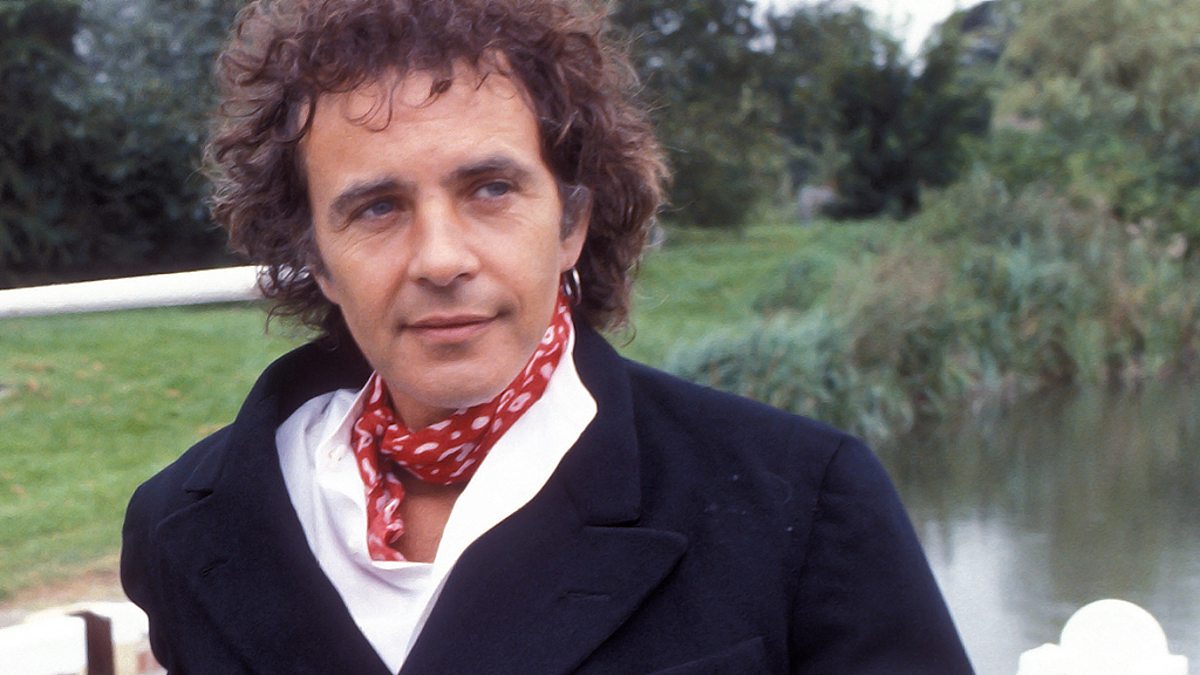
A Theatrical Journey Through Life’s Illusions and Revelations
In the realm of 1970s music, there exists a unique, theatrical piece that captures the imagination and stirs the soul—“Oh What A Circus” by David Essex. Released as part of the celebrated musical “Evita,” this song made its mark on the charts and in the hearts of listeners with its grandiose style and profound narrative. Upon its release in 1978, “Oh What A Circus” climbed to an impressive position in the UK Singles Chart, peaking at number 3. The song was an integral part of the album “Evita: The Original London Cast Recording,” which brought to life the compelling story of Eva Perón, a figure whose life was as much a spectacle as it was a profound social commentary.
What makes this piece particularly enthralling is its ability to transport the listener into a whirlwind of emotions, mirroring the tumultuous journey of Eva Perón herself. David Essex, with his charismatic voice and theatrical flair, delivers a performance that is both reflective and dynamic, inviting us to ponder life’s fleeting moments and grand illusions. As Essex assumes the role of Che, he serves as both narrator and critic, guiding us through the spectacle of Eva’s life with a tone that is at once celebratory and cynical.
The origins of “Oh What A Circus” are deeply entwined with the larger-than-life persona of Eva Perón, Argentina’s First Lady from 1946 until her untimely death in 1952. Her life story, as depicted in Andrew Lloyd Webber and Tim Rice‘s musical “Evita,” is one filled with ambition, controversy, and passion. The song itself is inspired by the Argentine public’s outpouring of grief following her death—a grief so profound that it bordered on hysteria. This reaction serves as a backdrop for Che’s sardonic commentary on the nature of fame and mortality.
Musically, “Oh What A Circus” is a rich tapestry woven with elements characteristic of musical theatre, featuring sweeping orchestral arrangements that echo the grandiosity of its subject matter. The song opens with an evocative requiem that sets a somber tone, immediately drawing listeners into its dramatic narrative. Essex’s delivery is powerful yet nuanced, capturing the complexity of emotions associated with both mourning and reflection.
Lyrically, the song offers a poignant critique of society’s tendency to idolize public figures, often elevating them to mythical status without fully understanding their humanity. Che’s narrative questions this phenomenon, urging us to look beyond the façade and consider what truly lies beneath. Lines such as “Oh what a circus, oh what a show” encapsulate this duality—celebrating Eva’s impact while simultaneously questioning the fervor surrounding her legacy.
For those who lived through or have studied this era, “Oh What A Circus” serves as both a historical reflection and a timeless meditation on fame’s ephemeral nature. It invites listeners to consider how we construct narratives around larger-than-life personalities and what these stories reveal about our own values and desires.
As we listen to David Essex‘s stirring rendition today, it evokes a sense of nostalgia for an era where music served not only as entertainment but also as a vehicle for social commentary. It reminds us of the power inherent in storytelling—how songs can capture complex emotions and societal truths within their melodies and lyrics.
For older audiences who may recall hearing this song during its initial release or experiencing it within the context of “Evita,” it evokes memories not just of personal past experiences but also of a broader cultural moment when musical theatre intersected with popular music in groundbreaking ways.
In summary, “Oh What A Circus” is more than just a song; it’s an exploration into how we perceive icons like Eva Perón through the lens of history and media. Through its dramatic composition and insightful lyrics delivered masterfully by David Essex, it leaves us pondering our own roles in constructing—and deconstructing—the myths we hold dear.